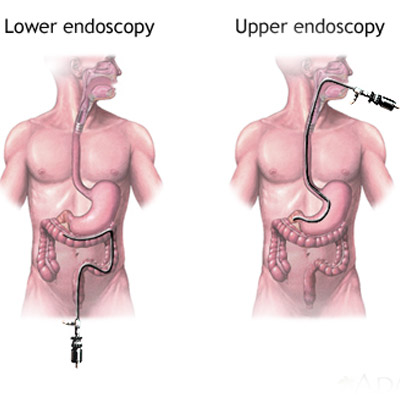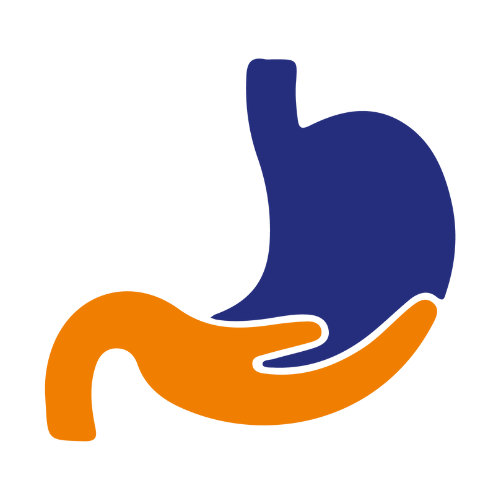
Endoscopy
What is an Endoscopy?
An endoscopy is a procedure used in medicine to look inside the body. The endoscopy procedure uses an endoscope to examine the interior of a hollow organ or cavity of the body. Unlike many other medical imaging techniques, endoscopes are inserted directly into the organ.

Why is an Endoscopy required?
Doctors will often recommend endoscopy to evaluate:
- Stomach pain
- Ulcers, gastritis, or difficulty swallowing
- Digestive tract bleeding
- Changes in bowel habits (chronic constipation or diarrhea)
- Polyps or growths in the colon
Endoscopy may also be used to treat a digestive tract problem. For example, the endoscope might not only detect active bleeding from an ulcer, but devices can be passed through the endoscope that can stop the bleeding. Your doctor may use an endoscope to take a biopsy (removal of tissue) to look for the presence of disease.
Your health care team will give you detailed instructions on how to prepare before your appointment. For example, you may need to take these steps:
- Avoid eating or drinking anything for several hours before the procedure.
- Stop taking blood-thinning medications several days before the procedure. This reduces the risk of bleeding. Ask your doctor about which medications to stop taking. And ask when you should start taking the medications again.
- Take a laxative or use an enema to remove stool from your bowels. You will only need to do this for certain types of endoscopy.
How one should prepare?
What to Expect During & After the Procedure
What Happens After Procedure?
After the Procedure, the patient will be discharged in a few hours once the sedative wears off. You may have mild side effects. Side effects depend on the type of endoscopy and may include a sore, dry throat, or bloating and gas.
Depending on the type of anesthesia you receive, you may need to have someone drive you home.
What to Expect During the Procedure?
For most endoscopic procedures, you will not need to stay in the hospital overnight.
You may receive a type of anesthesia, depending on the type of endoscopy. Anesthesia blocks the awareness of pain. You may be awake, drowsy, or asleep during the procedure depending on the type of anesthesia you have. While you receive anesthesia, your health care team will provide “anesthesia care,” which includes monitoring your temperature, blood pressure, and heart rate.
During the procedure, your doctor will review and, possibly, record images from the endoscope.
What are the risks of an Endoscopy?
Problems from an endoscopy are uncommon, but they can happen. These include a hole or tear in the examination area, bleeding, or infection.
Talk with your doctor immediately if you have any of these symptoms:
- Fever
- Vomiting
- Chest pain
- Abnormal stool
- Shortness of breath
- Severe abdominal pain or other unusual symptoms
Contact us
Call Us
Email Us
info@arihantgastro.com
Our Location
A-Ground Floor, Lancelot Apartment, Opposite Kalyan Jewellers S.V. Road, Borivali West, Mumbai, Maharashtra 400092.
